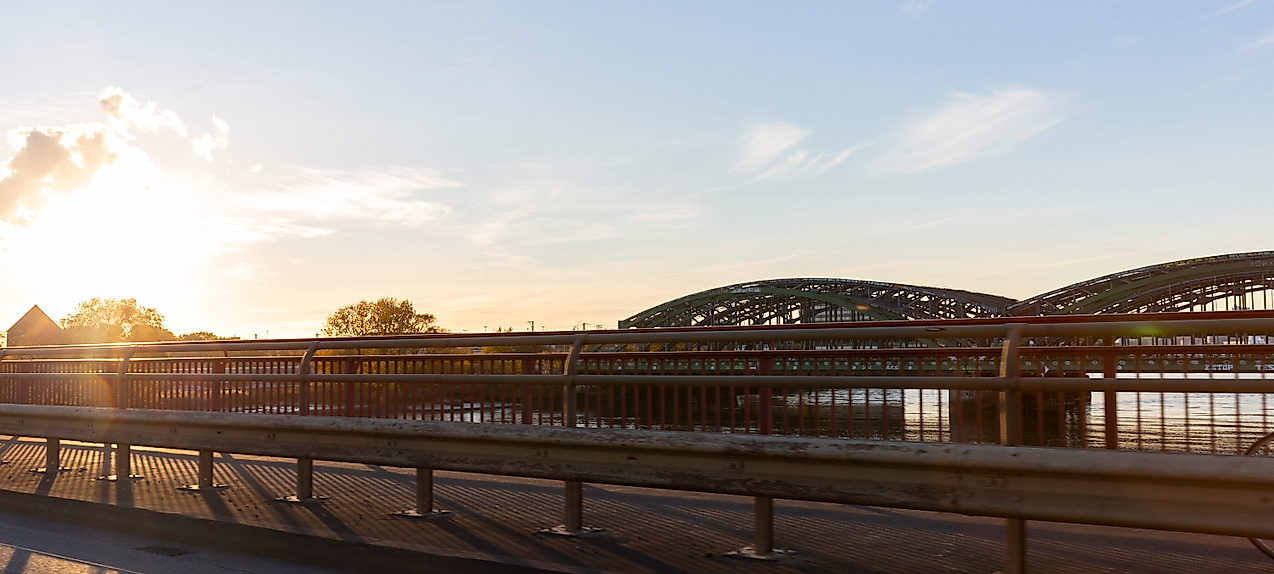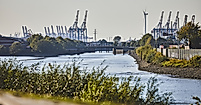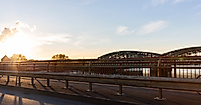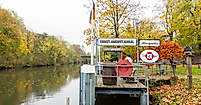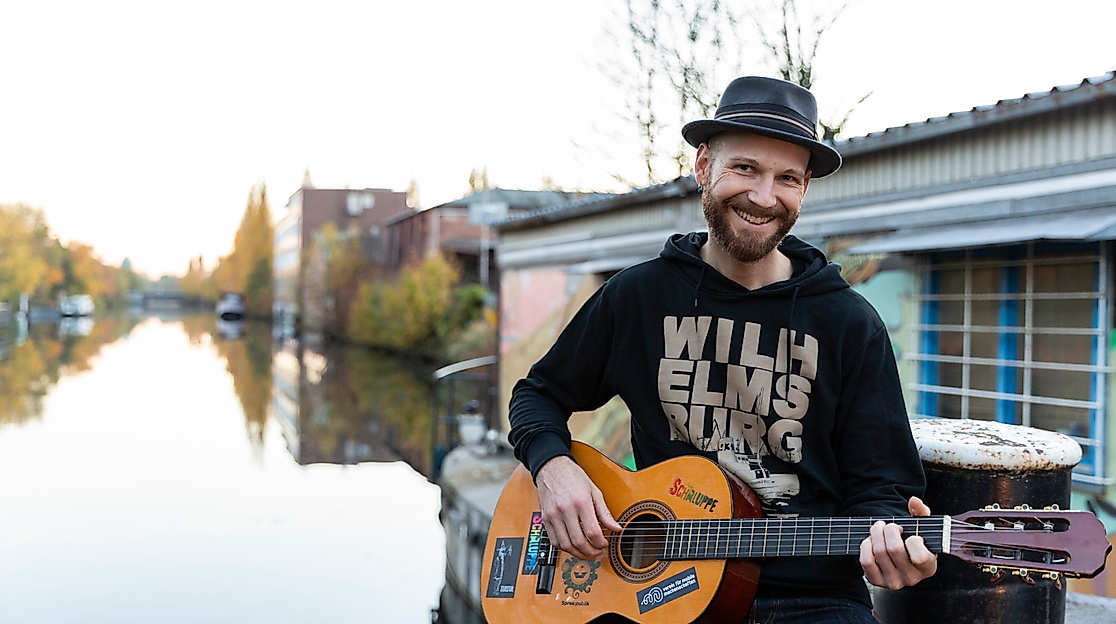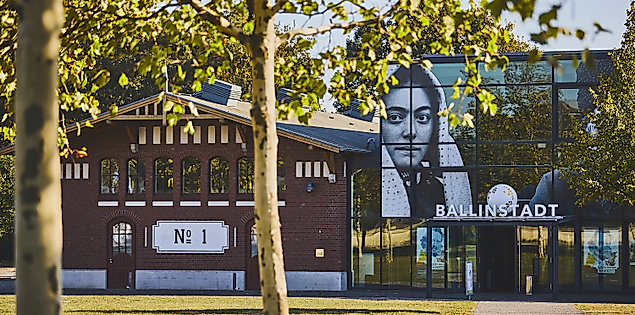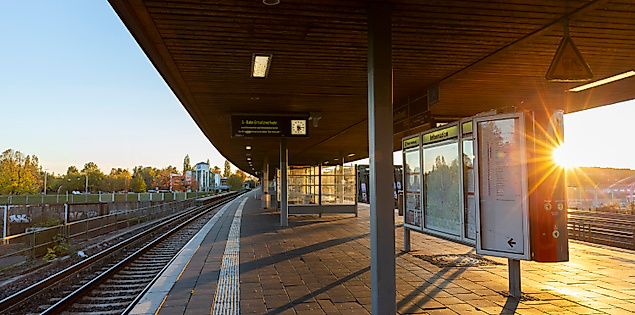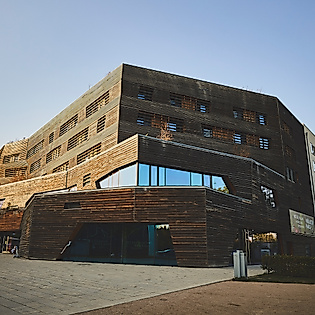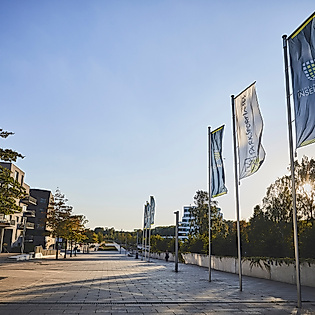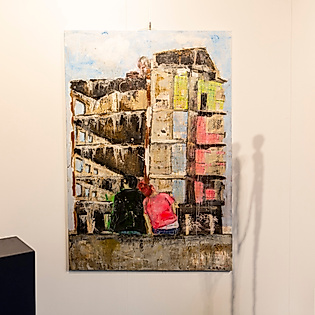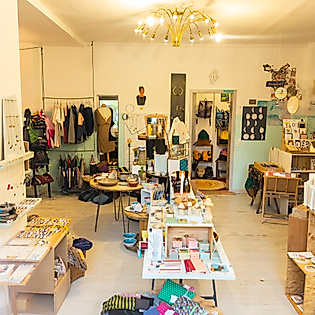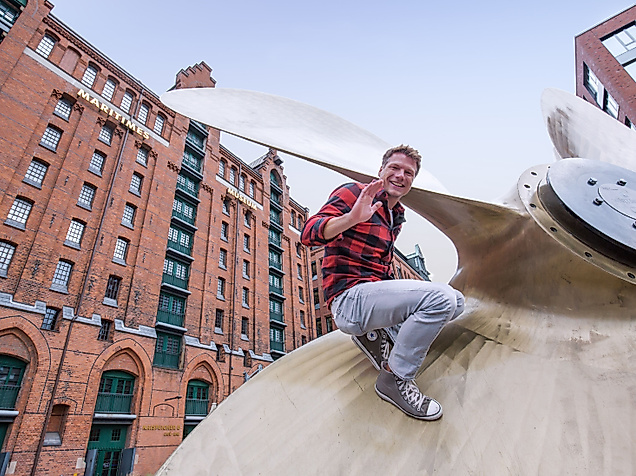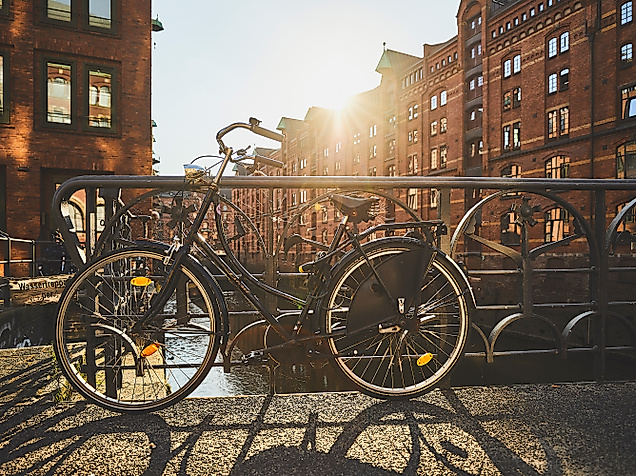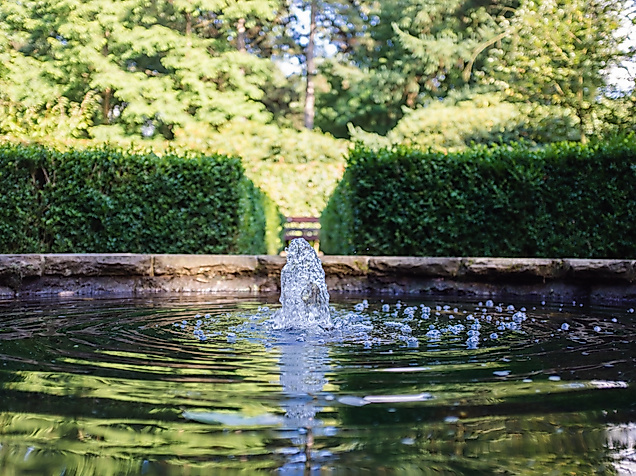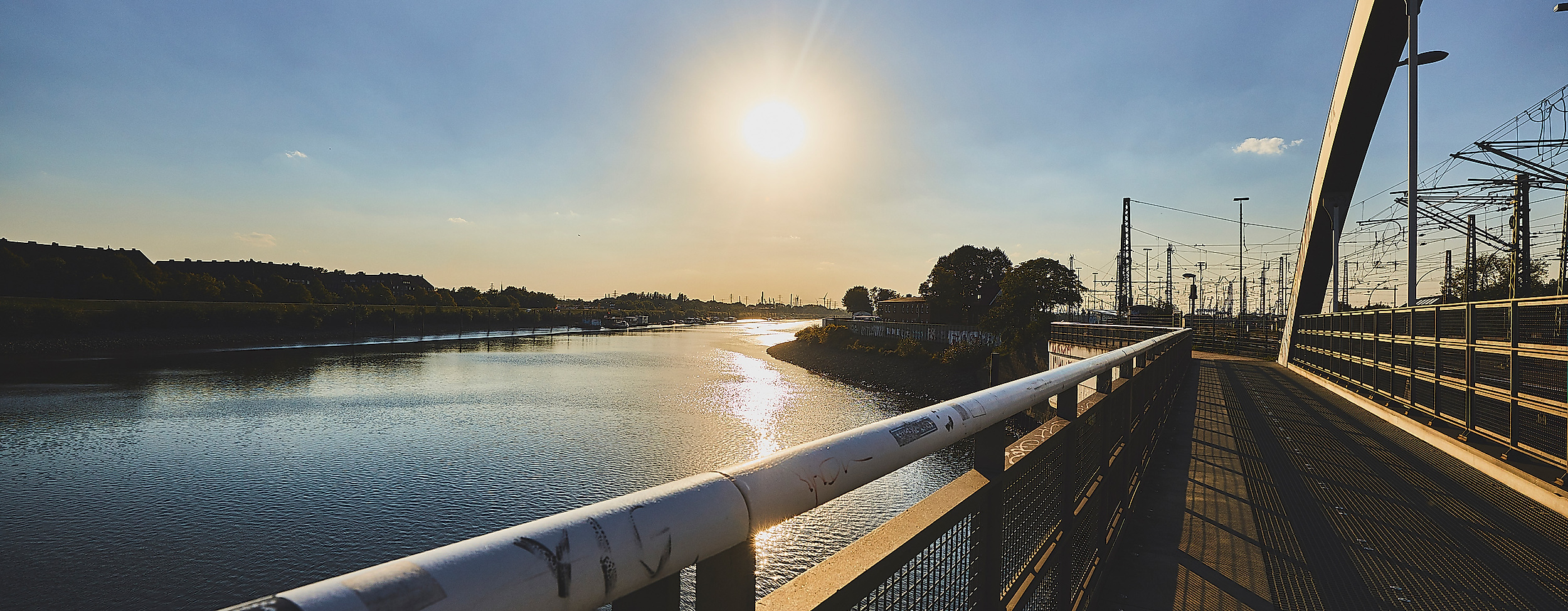
On the go in Wilhelmsburg & Veddel with Benjamin Branzko
Moin, my name is Benjamin Branzko. Ready for an island visit? You don’t need to drive very far for that in Hamburg. Across the Elbe river down south, Wilhelmsburg and Veddel are nearby. One can quickly get there with the S-Bahn from Hamburg’s central station. I have been living on the Elbe Island of Wilhelmsburg for 12 years. Hamburg Wilhelmsburg has become very popular but is still not too overcrowded.
Here, the rent for students and creatives is still affordable, which is the reason why more and more families move here to live. With its historic buildings, cafés and shops, the Wilhelmsburg Reiherstieg area is especially popular. And then there is the little neighbouring island of Veddel, which has much more to offer than just industry. I would like to show you which spots on the islands are particularly pretty.
On your way with the “Wild 13”
My perfect day starts either with pastéis de nata, Portuguese custard tarts, or with a savoury breakfast, maybe scrambled eggs at Café Seu (Veringstraße 26). When the weather is nice, you can sit outside and observe the street. My midmorning plan is to take a little trip to Veddel. “On to Veddel”, as we say here in Hamburg. Wilhelmsburg’s small neighbouring island has a scarce 5,000 inhabitants. Families of different backgrounds add a flair of multiculturalism to the area. Since early on, internationality impacted the history of the island of Veddel: The Emigration Museum BallinStadt documents the dreams and fears of more than 5 million migrants who moved through Hamburg to America. To get there, you need to get on the “Wild 13” – as the much-needed bus no. 13 is called - at the bus stop Mannesallee. It also takes you to the S-Bahn station Veddel, which is only 150 metres away from the museum.
Nature, culture and a view of the Elbe
Back to the neighbouring island, a visit to Wälderhaus is a good recommendation for a quick bite (Am Inselpark 19) at Inselpark in Wilhelmsburg. The menu changes every month and convinces guests with fresh, seasonal dishes (also vegan). In the afternoon, the plan is to visit the conservation area Heuckenlock. You can take bus no. 351 from the bus stop Hamburg-Wilhelmsburg to Freiluftschule Moorwerder. A nice path leads along the dyke and below the trees to the beacon at Bunthäuser Spitze. Here, you can go up the stairs of the green-white wooden lighthouse, and you will have a wonderful view of the spot where the river splits into southern and northern Elbe. On weekends, I like to go to the Reiherstieg district – especially to Café vju at the Energiebunker (Neuhöfer Street 7). Cake here is very tasty. If you add this to the delightful view over whole Wilhelmsburg up to the port of Hamburg, there you have the icing on the cake. Before dinner, I would like to dive into the art scene of the area and take a walk to Atelierhaus 23 (Am Veringhof 23). The artistic community shows many pieces created by graphic artists, photographers and sculptors in-house. Nearby, there is the design shop Quiddje (Veringstraße 65), where you can take a look at the selection of handmade and local products.
Did you know?
Wilhelmsburg has buildings that are run by algae – the BIQ Hamburg-Wilhelmsburg. They are the first buildings ever in the world to produce energy through a photobioreactor.
A touch of Orient
The evening has come. If you get hungry, you can get to know many cuisines of this world in the smallest of spaces. Restaurant , for example, offers a very versatile menu. I decide to go for “Mamas hausgemachtes Ashak” – an Afghani speciality that consists of dumplings filled with salmon. I am going to end the evening with the best Gin cocktails in town: In Minibar Moralia, barkeeper Johnny creates his drinks every Thursday and Friday night. (Am Veringhof 21). Incredibly good. For those who would rather stay sober, I recommend you try his basil lemonade.
